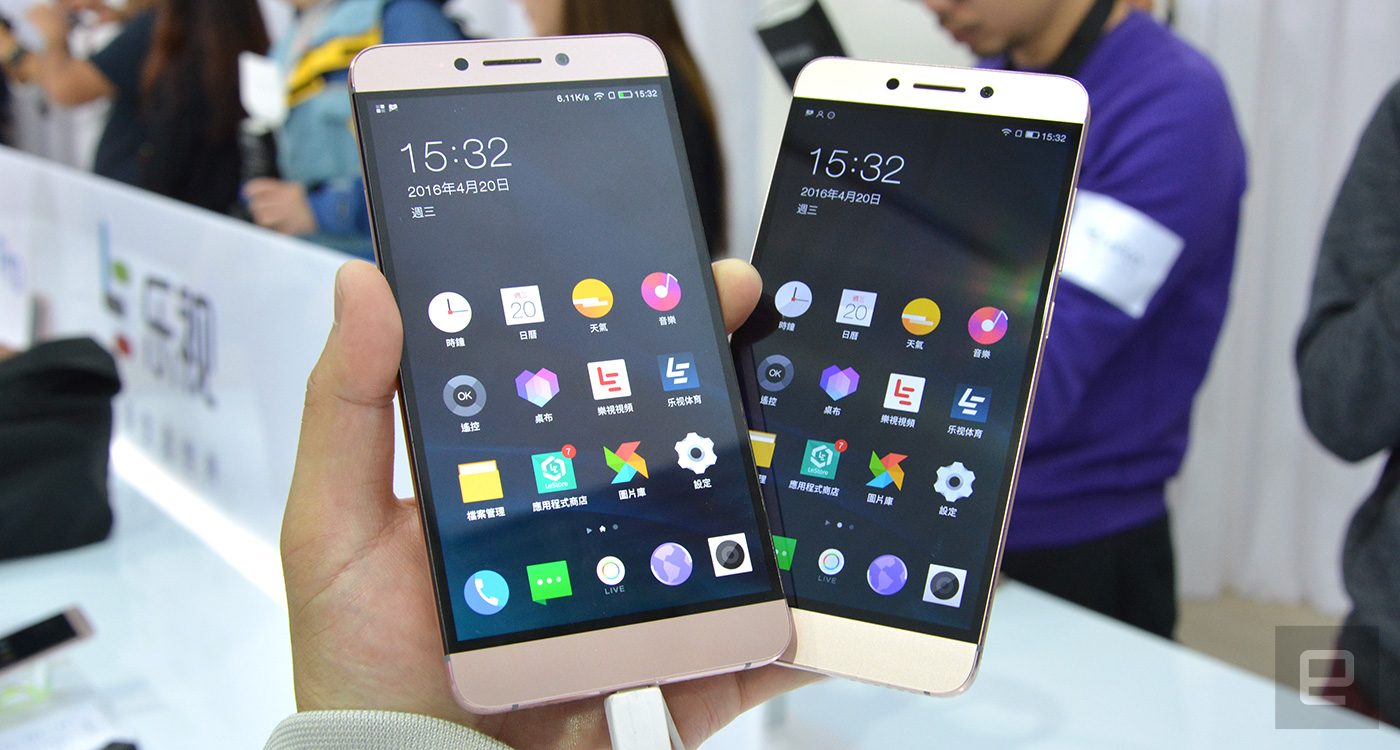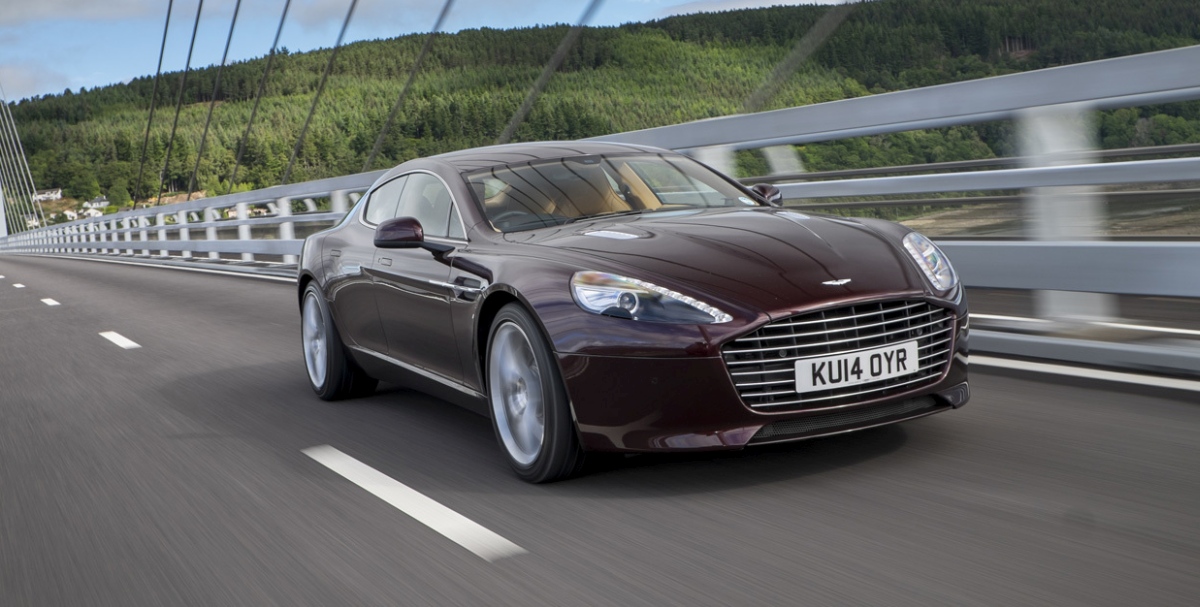It has become a tradition for Chinese smartphone manufacturers to be the ones premiering devices based on new Qualcomm chipsets. This time it’s LeTV with the Snapdragon 820-based Le Max Pro, a monster of an Android smartphone that took home a Best of CES 2016 award.
LeTV, a Chinese company that started as a content creation platform, has made a goal out of dethroning Xiaomi, and that not only in their home country, but also globally. Being a somewhat new player in the smartphone industry, that’s a pretty lofty goal, but LeTV seems to have what it takes to succeed. This is the first time the company is present at CES, and for one of the devices exhibited there, it has managed to take away a Best of CES 2016 award already.
Each major online publication has given awards to the tech companies attending the event, so it’s no surprise than Samsung went home with more than 100 awards and LG with a bit over 50. Android Authority has decided to name the LeTV Le Max Pro the Best of CES 2016, and given the numerous revolutionary technologies that have been implemented in this device, their decision makes sense entirely.
“We couldn’t be more pleased with the enthusiasm for Letv,” said Eric Mika, senior vice president of open ecosystems, strategic alliances and partnerships at Letv. “To walk away with an award from Android Authority in our debut CES appearance reflects all the hard work our team has put into making extraordinary products that create extraordinary experiences.”
“As the first Snapdragon 820-powered device, the Letv Le Max Pro ushers in an exciting future for smartphone performance,” responded Joshua Vergara, video producer and host, Android Authority.
That being said, the LeTV Le Max Pro is quite a beast, not only in terms of design, but also as far as its technical specs are concerned. The LCD display measures 6.33-inch in diagonal and comes with a QHD (2560×1440 pixels) resolution. With such features, the Le Max Pro steps firmly into phablet territory. Under the hood it sports the previously mentioned Qualcomm Snapdragon 820 chipset with a quad-core CPU clocked at 2.2GHz and an Adreno 530 GPU. The 64-bit Kryta CPU is said to offer twice the performance of the Snapdragon 810, and the AnTuTu benchmark more than confirms that, with scores upwards of 130,000.
To make sure that users are able to run as many apps they want, LeTV has included 4GB of DDR4 (!) RAM. It certainly is great that this RAM tecnology is finally finding its way to smartphones. As for the storage, there will be 3 models available, with 32, 64 or 128GB of internal memory.
The dual-SIM Le Max Pro is also among the first devices to come with 802.11ad Wi-Fi, which is a standard that features higher speeds and longer ranges than Wi-Fi ac.
Camera-wise, the phone is equipped with a 21MP rear-camera with optical image stabilization, while the front sports a 2 Ultra Pixel camera. Not at last, Le Max Pro comes with a 3,400mAh non-removable battery and runs LeTV’s EUI on top of Android 6.0 Marshmallow. These end the long list of features that make the Le Max Pro one of the best devices on the market.
Be social! Follow Walyou on Facebook and Twitter, and read more related stories about the LeTV X600, which marked the debut of the Mediatek Helio X10 chipset, or the Mate 8, Huawei’s new flagship.
[Source and Image Credits: Android Authority]

 This time last year we heard the surprising Hollywood announcement that Chinese company LeEco would acquire Vizio in a deal worth $2 billion. Unfortunately, like so many of LeEco's recent plans, that arrangement never went through, with the two compa...
This time last year we heard the surprising Hollywood announcement that Chinese company LeEco would acquire Vizio in a deal worth $2 billion. Unfortunately, like so many of LeEco's recent plans, that arrangement never went through, with the two compa...
 This time last year we heard the surprising Hollywood announcement that Chinese company LeEco would acquire Vizio in a deal worth $2 billion. Unfortunately, like so many of LeEco's recent plans, that arrangement never went through, with the two compa...
This time last year we heard the surprising Hollywood announcement that Chinese company LeEco would acquire Vizio in a deal worth $2 billion. Unfortunately, like so many of LeEco's recent plans, that arrangement never went through, with the two compa...
 We've been hearing rumors about Apple killing the 3.5mm headphone jack on its next major iPhone release, but looks like one Chinese company was keen to beat its American rival in this "race." LeEco, famed for bringing the world's first USB Type-C pho...
We've been hearing rumors about Apple killing the 3.5mm headphone jack on its next major iPhone release, but looks like one Chinese company was keen to beat its American rival in this "race." LeEco, famed for bringing the world's first USB Type-C pho...
 British luxury carmaker Aston Martin has signed a deal with Chinese tech company LeEco (formerly LeTV) and electric-car startup Faraday Future. As Reuters reports, the plan was revealed at a news conference in Frankfurt, Germany. Aston Martin is form...
British luxury carmaker Aston Martin has signed a deal with Chinese tech company LeEco (formerly LeTV) and electric-car startup Faraday Future. As Reuters reports, the plan was revealed at a news conference in Frankfurt, Germany. Aston Martin is form...

.jpg) Just a few years ago, we might have scoffed at the idea of buying a smartphone from a Chinese OEM. Now, with companies like Huawei and ZTE showing us that smartphone pedigree matters less than ambition and execution, things are totally different. Tha...
Just a few years ago, we might have scoffed at the idea of buying a smartphone from a Chinese OEM. Now, with companies like Huawei and ZTE showing us that smartphone pedigree matters less than ambition and execution, things are totally different. Tha...



















